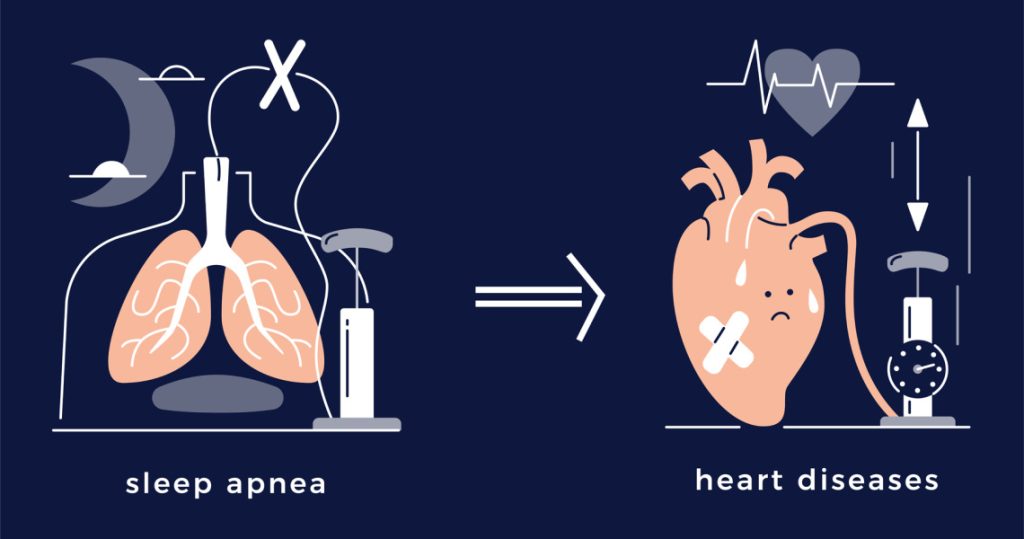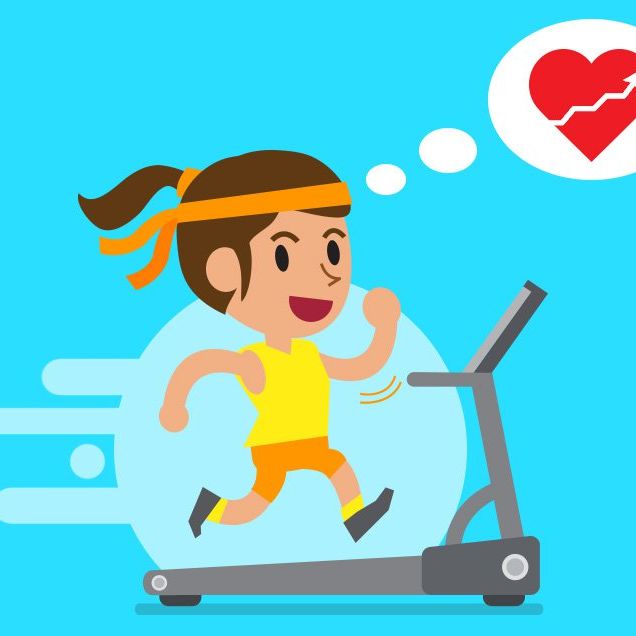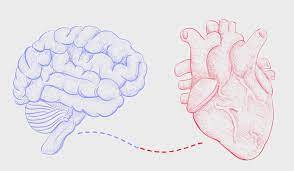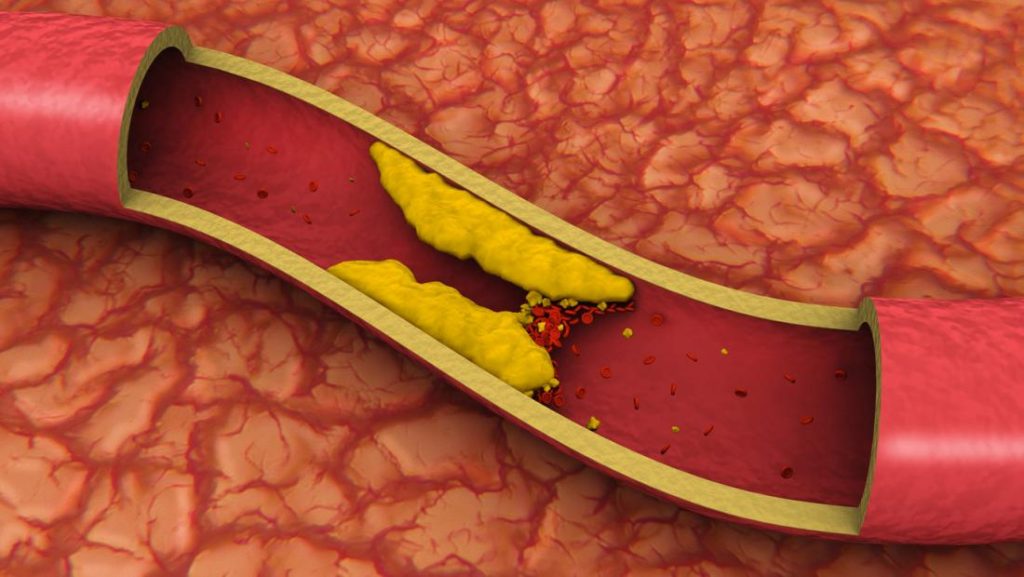Can heart attacks and strokes be prevented with semaglutide injections such as Ozempic
In a large new randomized controlled trial, semaglutide—the active ingredient in weight-loss medications Ozempic and Wegovy—significantly decreased the number of cardiac events in individuals without diabetes. Every study participant had pre-existing cardiovascular disease, defined as a BMI over 27 and a history of a heart attack, stroke, or symptomatic peripheral arterial disease. Even though semaglutide-associated weight loss is probably a contributing factor to the decrease in cardiac events, the study’s authors observed a decrease in events even prior to reaching maximum weight loss. The chemical name for the blood-sugar-controlling medications Rybelsus, Wegovy, and Ozempic—which were created for diabetics—is semaglutide. Additionally approved as weight-loss drugs in the U.S. are Ozempic and Wegovy. S. According to earlier studies, semaglutide lowers the risk of cardiovascular disease in diabetics. According to a recent large-scale international trial, semaglutide may have positive cardiovascular effects even in those without diabetes. The new study found that taking semaglutide for three years reduced heart attacks, strokes, and deaths by 20% for individuals with pre-existing cardiovascular disease (CVD) who were overweight or obese and took a placebo.
More than 17,000 persons with preexisting cardiovascular disease who were overweight or obese were enrolled in the randomized, controlled study. Neither type 1 nor type 2 diabetes was present. 15,425 participants ultimately finished the trial. On semaglutide, study participants lost an average of 9.4% of their body weight. Semaglutide causes weight loss that lasts as long as the patient takes the drug. It is usually taken for the rest of one’s life. Even though a significant weight loss may lower cardiovascular disease risk factors, the trial indicates that more is happening. Dr. 1. Semaglutide is a GLP-1 agonist; according to Michael Lincoff, it’s a hormone that’s derived from the gut. GLP-1 agonists are released into the gastrointestinal tract and work by going to the brain’s hunger centers to suppress appetite and cravings, according to Dr. Jayne Morgan, a cardiologist and clinical director of the Piedmont Healthcare Corporation’s Covid Task Force in Atlanta, Georgia, who was not involved in the study.
Semaglutide can inhibit glucagon, enhance the production of insulin, and slow stomach emptying by activating receptors in the pancreas. The result of all these activities is a decrease in food intake and appetite. The study’s authors speculate that participants’ heart health was enhanced by more than just losing weight. Dr. Lincoff stated, We saw differences in the [number of cardiovascular] event rates very early on, within a few months of starting the drug, but the maximum weight loss didn’t occur until 65 weeks after starting the drug. Dr. GLP-1 agonists stimulate the same receptors which are present in a lot of different parts of the body, according to Lincoff. These can be found in the pancreas, heart, blood vessels, brain, gut, and other organs. Dr. Nicole Weinberg, a cardiologist who was not involved in the study, hypothesized that semaglutide’s benefits for CVD patients might be related to a decrease in blood sugar levels that cause inflammation all over the body. Dr. Weinberg stated, The more chronic inflammation you have in your body, the more at risk you are for a variety of different conditions.
In cardiology, inflammation or the depositing or plaquing of cholesterol within the body are two of our main concerns. And a lot of that can be caused by the inflammation that high blood sugar causes, Dr. Weinberg went on. Furthermore, blood sugar spikes might not only affect those who have diabetes. Dr. Dot Weinberg continued, We’re beginning to understand that people have blood sugar spikes, and even just spikes in blood sugar are dangerous to people’s cardiovascular health.. Dr. Perhaps their blood pressure and cholesterol are well-managed, but we’re still seeing that there are continued levels of atherosclerosis that are depositing despite what one would consider to be traditional medical therapy, stated Weinberg, indicating that she will support semaglutide for specific patients. High blood pressure, diabetes, and other factors are frequently linked to obesity’s negative health effects. Semaglutide is the first medication that can directly lower the risk of obesity, according to Dr. Lincoff, who also stated that obesity carries an excess risk of heart disease, and that risk is not completely explained by or controlled by risks associated with high body weight.. As modifiable risk factors, high blood pressure, diabetes, smoking, and cholesterol put us in the same place. Beside those, obesity is another modifiable risk factor that can be controlled in order to prevent heart disease.
The price and accessibility of semaglutide are two practical problems. Dr. The drug costs $1,300 a month, according to Morgan, which is problematic if the medication is meant to be a lifetime maintenance treatment for heart disease, diabetes, and obesity prevention and mitigation. The annual cost of this medication alone is close to $16,000. Weinberg brought up U’s limited character. S. coverage for semaglutide insurance. It remains inaccessible to certain individuals. I believe that as research and data increase, obtaining this medication will get easier and easier for people, the speaker stated. Dr. Morgan would have preferred that the trials included a more representative sample of participants. Despite making up more than 51% of the global population, women made up only 28% of trial participants. Moreover, this trial did not even identify menopausal women, who have the highest risk of heart disease, she said. According to her, Black [people] fared even worse, comprising just under 4 percent of trial participants, despite making up nearly 18 percent of the world’s population. 9 percent of the world’s population is white, yet 85 percent of the study participants were white. Dr. Morgan stated that the medication may be a potential game-changer for diabetes management, obesity management, and cardiovascular health, especially as we age, even though more research is needed and accessibility concerns need to be resolved. The leading cause of death in the United States is heart disease. S. Heart disease was not overthrown, she noted, even during the height of the COVID pandemic. She stated, The cardiac endpoints are crucial pieces of information that continue to boost these compounds into prime time and beyond, with our growing obesity and diabetes epidemics in younger and younger demographics.
REFERENCES:
For heart disease medications that have been suggested by doctors worldwide are available here https://mygenericpharmacy.com/index.php?cPath=77_99






